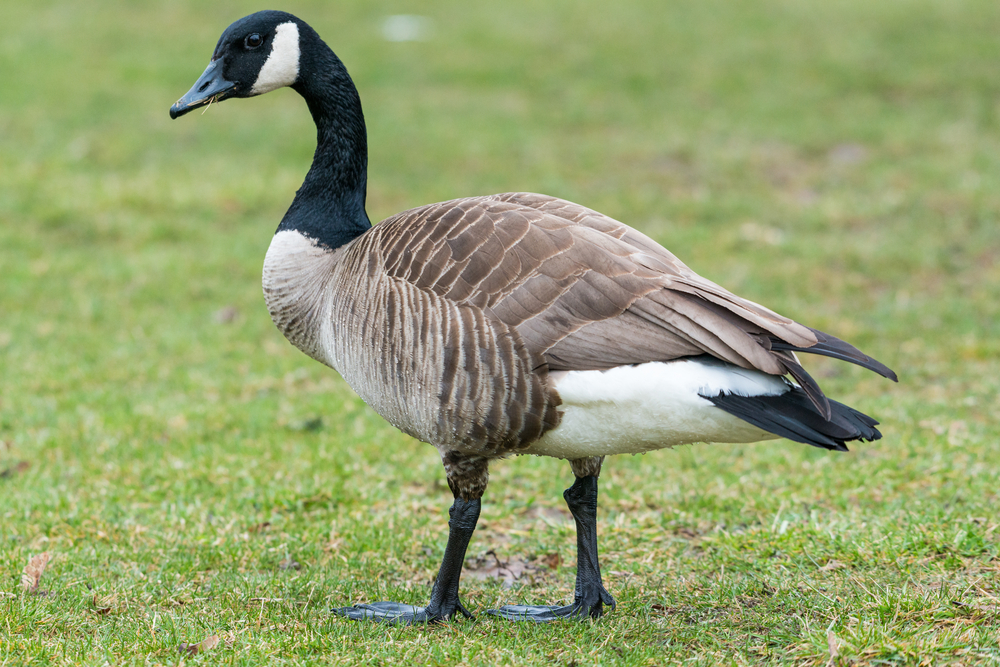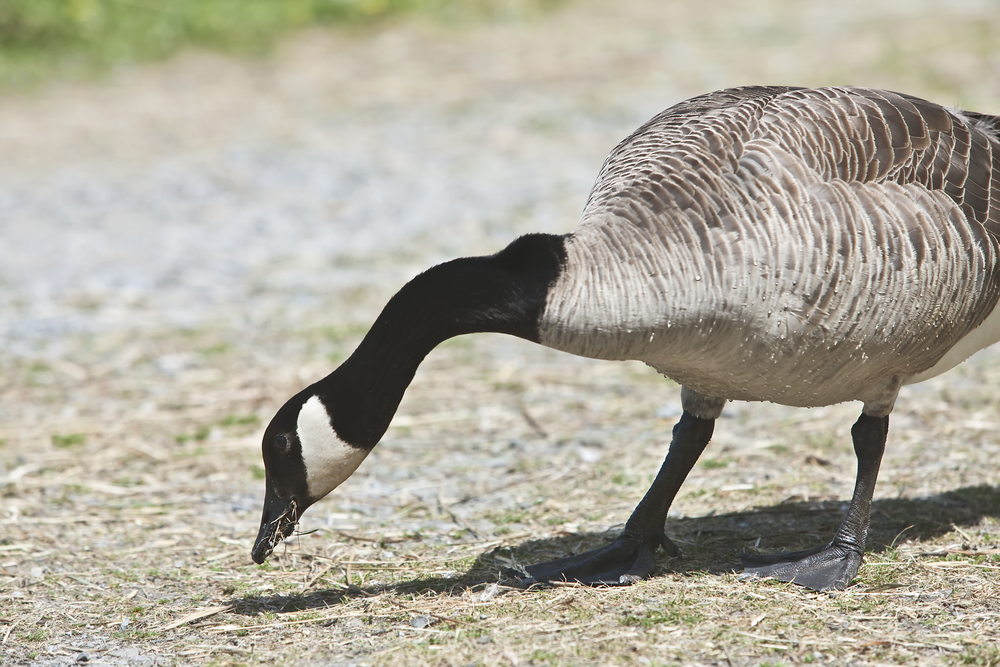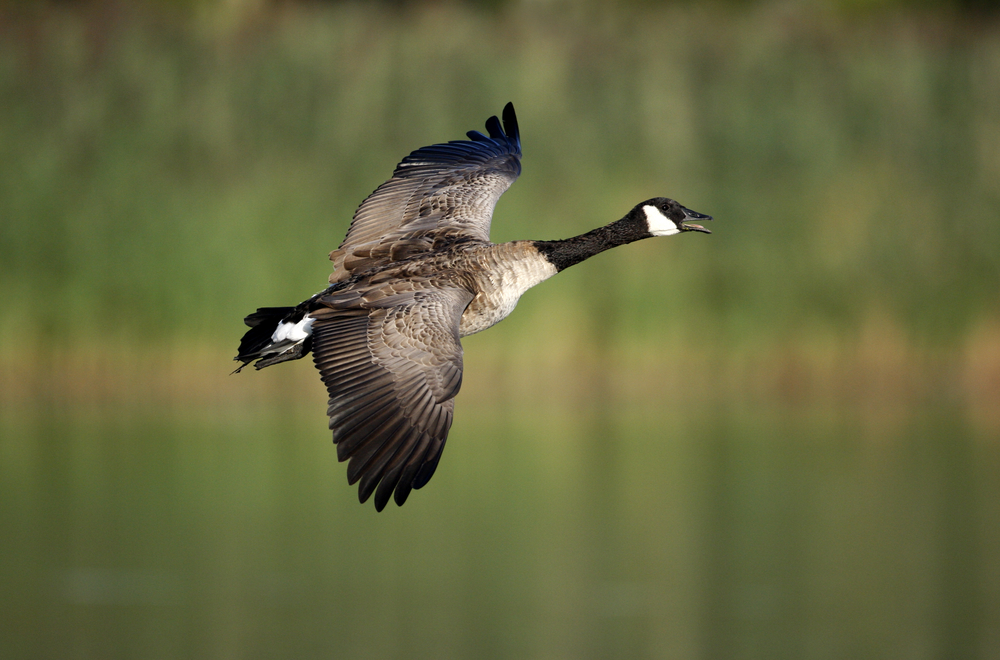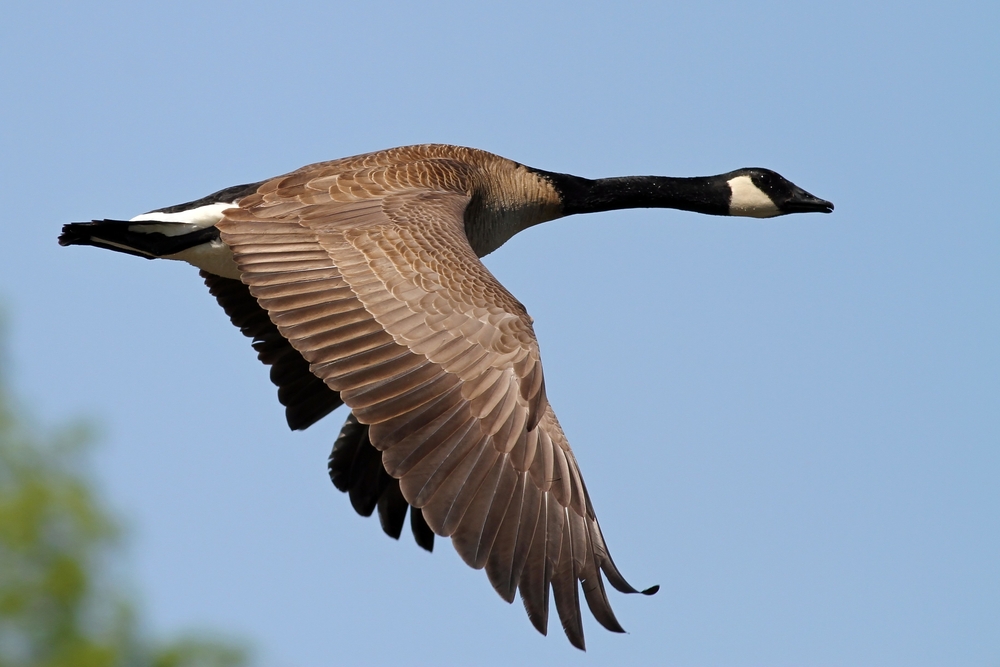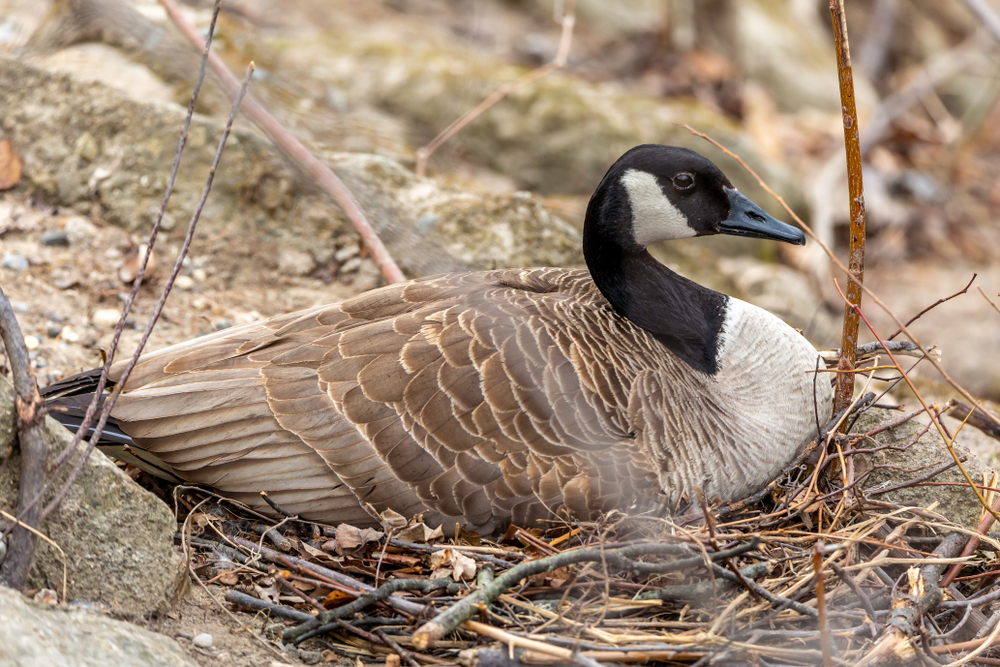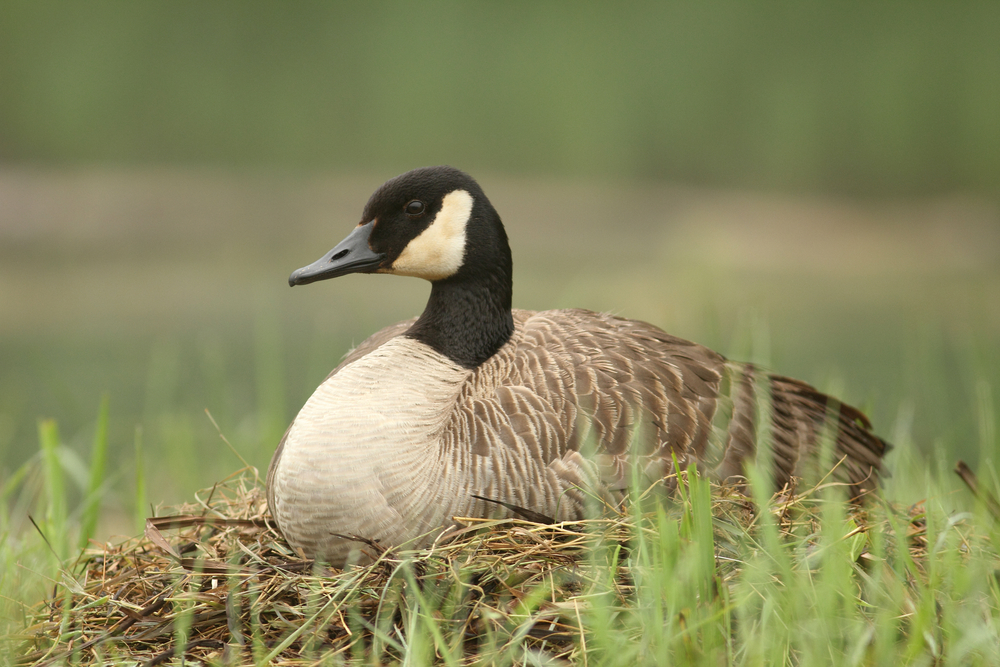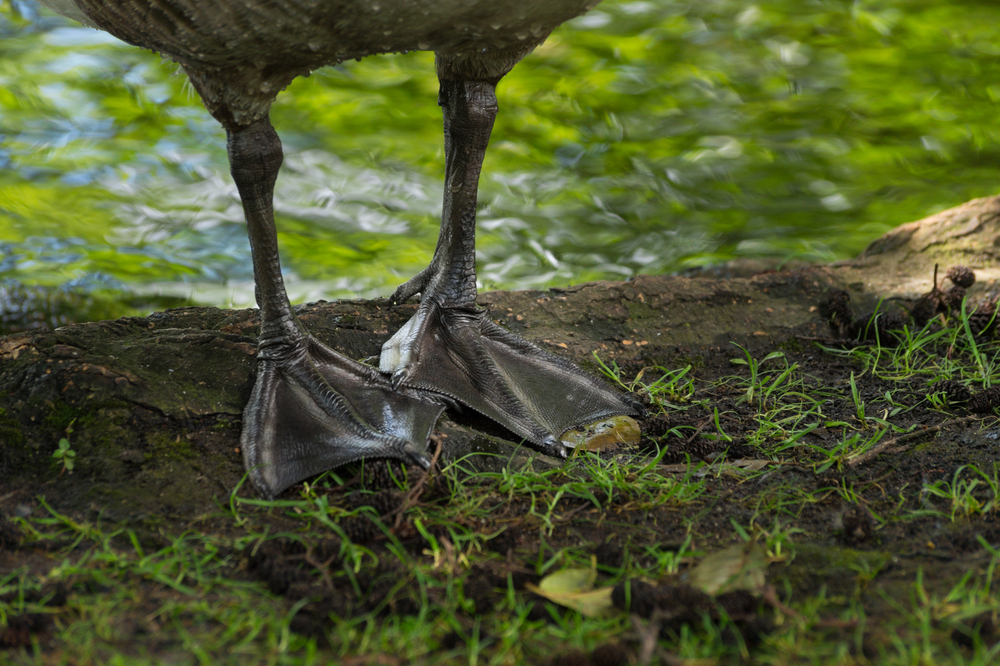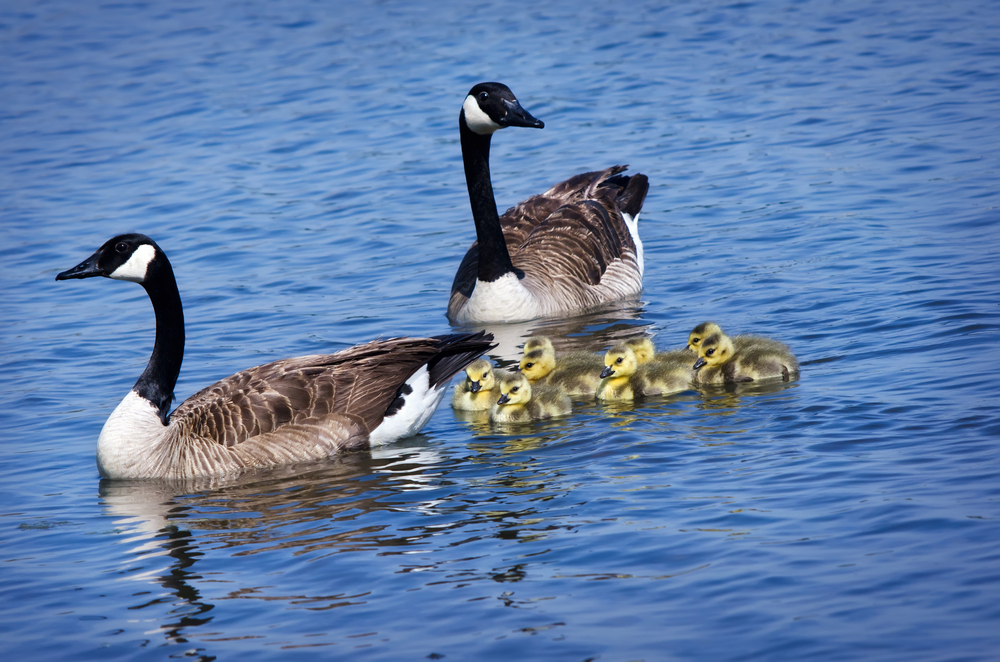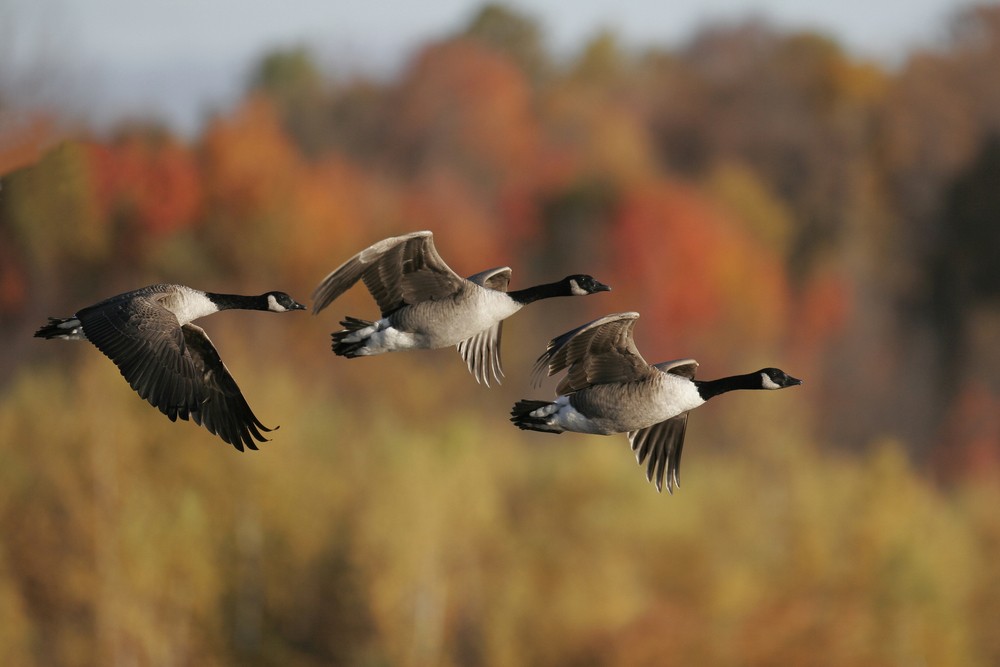The species most similar to the Canada Goose is the Cackling Goose (Branta hutchinsii). The Cackling Goose was once considered a smaller subspecies of the Canada Goose but has been recognized as a separate species. Here are some similarities and distinctions between them:
Similarities:
- Appearance: The Cackling Goose and the Canada Goose share many physical characteristics, including a black head and neck, white cheek patches, and similar body coloring.
- Habitat: Both species inhabit similar environments, including wetlands, grasslands, and urban areas near water bodies.
- Behavior: They have similar behaviors in terms of migratory patterns, social structure, and feeding habits.
Differences:
- Size: The most noticeable difference is in size. Cackling Geese are significantly smaller than Canada Geese, with a shorter neck and smaller bill.
- Vocalizations: Their calls are different; the Cackling Goose has a higher-pitched and more rapid call compared to the lower-pitched honk of the Canada Goose.
- Geographical Range: While both species overlap in some areas, particularly during migration, they generally breed in different regions. The Cackling Goose breeds farther north in the Arctic tundra, while the Canada Goose breeds in a wider range of northern latitudes across North America.
Despite these differences, the Cackling Goose and Canada Goose are closely related and share many ecological and behavioral traits, making them often difficult to distinguish from one another, especially for casual observers




































































